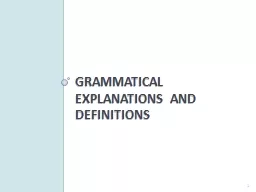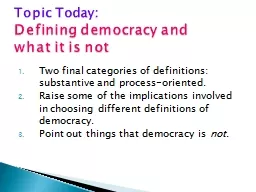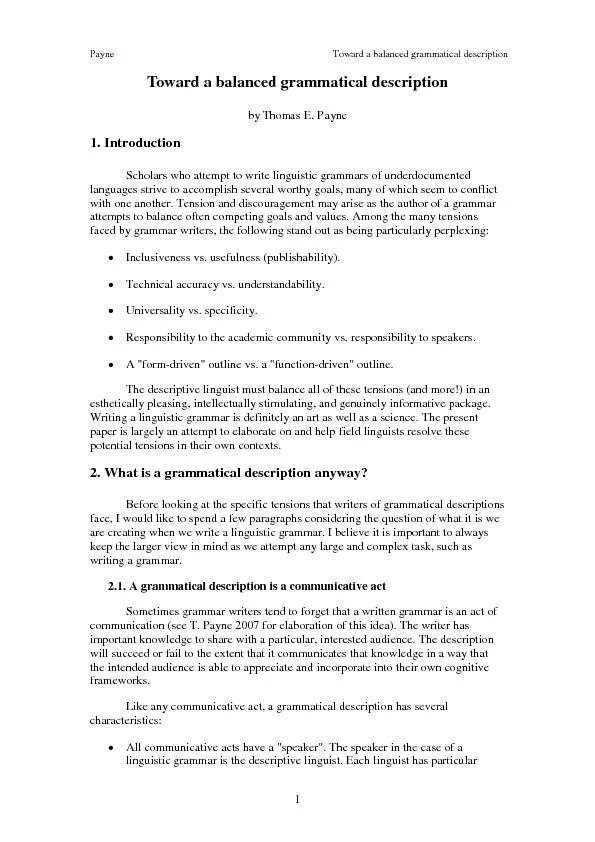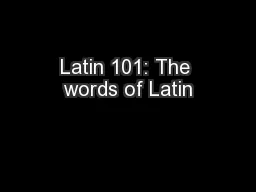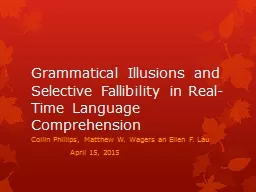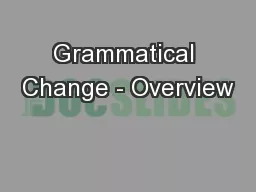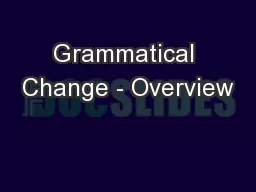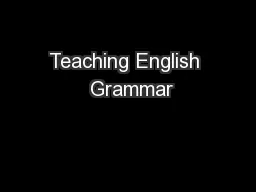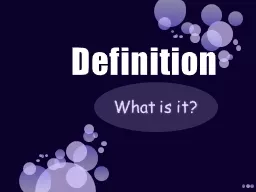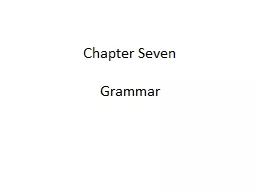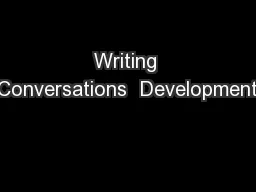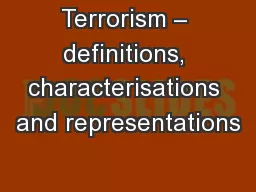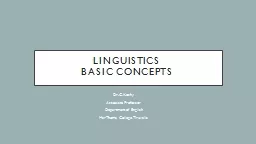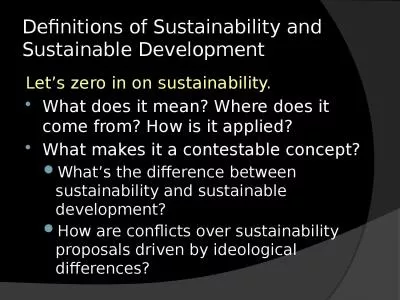PPT-GRAMMATICAL EXPLANATIONS AND DEFINITIONS
Author : pasty-toler | Published Date : 2020-04-04
1 A Key Teaching Principle Discussion is fundamental in encouraging critical conversations about language and effects T alk to generate ideas and vocabulary explain
Presentation Embed Code
Download Presentation
Download Presentation The PPT/PDF document " GRAMMATICAL EXPLANATIONS AND DEFINITION..." is the property of its rightful owner. Permission is granted to download and print the materials on this website for personal, non-commercial use only, and to display it on your personal computer provided you do not modify the materials and that you retain all copyright notices contained in the materials. By downloading content from our website, you accept the terms of this agreement.
GRAMMATICAL EXPLANATIONS AND DEFINITIONS: Transcript
Download Rules Of Document
" GRAMMATICAL EXPLANATIONS AND DEFINITIONS"The content belongs to its owner. You may download and print it for personal use, without modification, and keep all copyright notices. By downloading, you agree to these terms.
Related Documents

